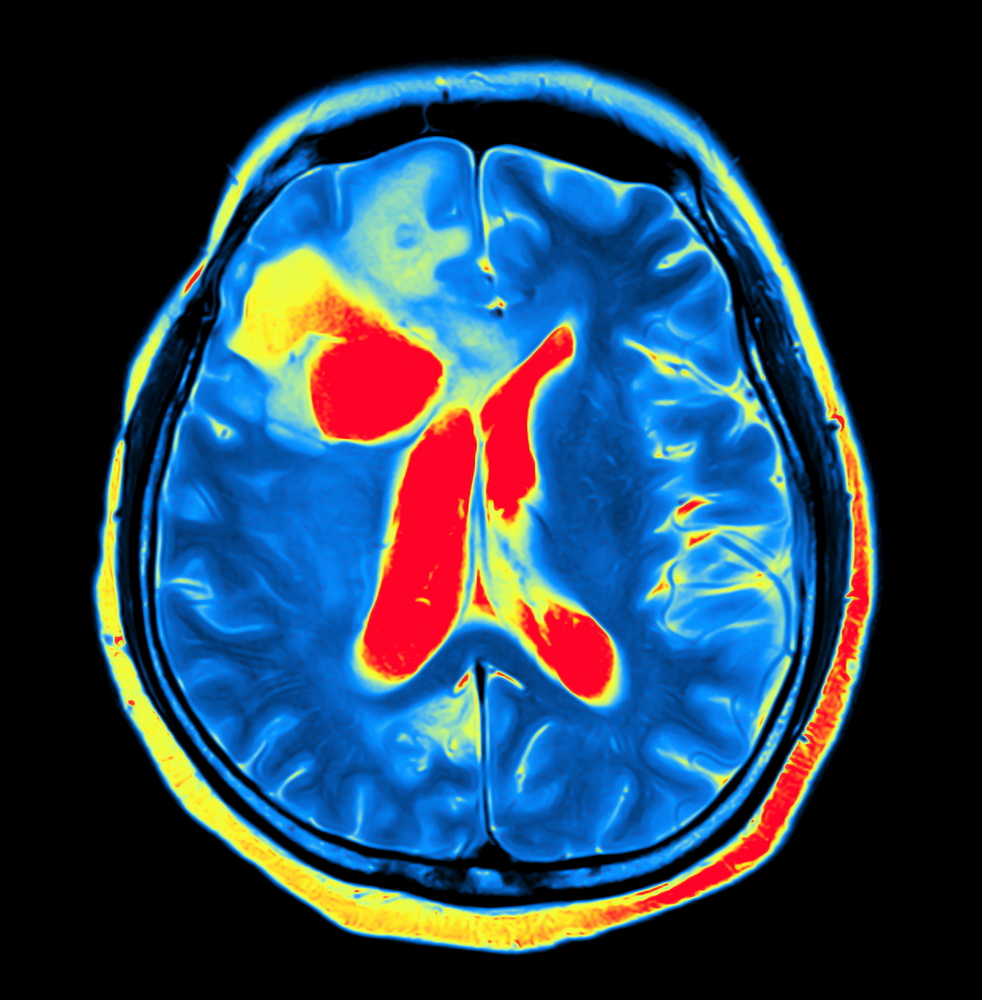New Brain PET Scanner Shows Promise for Earlier and Less Expensive Diagnosis of Parkinson’s
Written by |

A new brain scanner, which is 10 times less expensive and much smaller than current models, has the potential to significantly improve the diagnosis of dementia linked to neurodegenerative diseases, such as Parkinson’s disease, Alzheimer’s, and amyotrophic lateral sclerosis (ALS).
The scanner, which uses Positron Emission Tomography (PET) imaging, is being developed by two particle physicists, Jannis Fischer and Max Ahnen, PhDs, at ETH Zurich in Switzerland. Their work was recently recognized by Forbes magazine, which included the duo in its “30 Under 30 Europe” list for 2018, in the category of Science and Healthcare.
PET scanning is an imaging technique commonly used to diagnose cancer, but it recently has also been used for neurological and cardiovascular diseases.
After a patient is injected intravenously with a tracing substance — called radioisotopes — the PET tracer travels through the blood vessels allowing clinicians to see its distribution over time to determine the health status of the brain.
While PET scanners can help diagnose certain neurological diseases 10 to 20 years before the development of the first symptoms, its practical use is limited because of the scanners’ high cost and large size — a conventional scanner requires 15 square meters of floor space and costs between US$1.5 and $5.5 million.
Ahnen and Fischer’s work, being conducted at ETH Zurich’s Institute for Particle Physics and Astrophysics, follows seminal work by researchers and doctors at the University of Zurich and the University Hospital of Zurich.
The new brain scanner, called Brain PET, will be a fraction of the cost of conventional scanners now found in hospitals and will take up less than 2 square meters.
“It looks a bit like a hair salon chair with an integrated hairdryer hood,” Ahnen said in a university news release. Its compact size makes it much more mobile and useful for smaller clinical facilities.
Brain PET is also much cheaper to use. PET scanners now are at the top of hospital expenses, and many facilities are unable to afford them. The affordability of the new scanner will make it available for a broader range of patients.
“We will be able to reach much wider sections of the population than in the past,” Fischer said.
A prototype of Brain PET is expected to be completed by September 2018, after the project won ETH’s Pioneer Fellowship, a grant fostering the development of highly innovative products for the benefit of society.
The two physicists are setting up their new company, Positrigo, and hope Brain PET will be on the market in 2021, a goal both “optimistic, but also realistic,” they said.





